As you may know from some of my recent posts (especially “Rows and rows of windrows” last year), I cut the grass in a large part of my garden using a scythe. Why, you might ask? There are many good reasons including effectiveness, exercise, no pollution, no noise and low expense. One extremely important thing that goes along with my scythe is a good hay rake. I didn’t know or expect this a few years ago but a good, traditional hay rake has become one of my best friends in the garden – it makes the work so much easier and is very effective even though the design is simple.
I like buying things that are handmade by local craftsman (part of “Use 10 Percent Less” and trying to keep things simple and local), and back in 2015 I found what I was looking for in a company called The Natural Gardener (I have affiliation with them at all – I just like their stuff). I’ve bought a few things from this company but my favourite is their “Handmade Wooden Hay Rake” (you’ll find a good story about how these rakes are made on the their web page).
I’ve now got a series of photos (14 in all) to describe my experiences with my favourite hay rake. Firstly, this photo shows my five-year-old hay rake next to a small windrow. Here, I’ve raked up grass left by the gardener who used a normal motor mower. I’m raking this grass up, and drying it over a week or two, before adding it directly to my gardens as a mulch.
Here you can see the sixteen teeth on the hay rake. They are really substantial teeth and you’d think the grass would go straight through them, but it doesn’t. It’s really cleaver how the grass clumps together and the teeth of the rake just slide it along.
A better view of the rake on the grass. All you do is softly scrape it along and the grass quickly accumulates in bundles. Really easy.
When the grass is longer, like in this photo, that curved part of the hay rake comes into its own. It helps push the longer grass to the side to stop it from tangling around the handle. Simple but clever.
Here’s a large part of our lower garden after I’d cut the long grass with a scythe, left it to dry for 12 hours and then raked it all into windrows as you can see. After a week or two drying out in windrows, all this cut grass will be used as mulch around the young fruit trees or in the vegetable garden.
I bought a new rake a few weeks ago (same as the old one) and this is how it arrived.
Very well packed around the important main part of the rake.
When lying side-by-side against the 5-year old rake, it’s amazing how light in colour the new rake is. They are both very nice and smooth to the touch. By the way, the old rake is still going really well with no signs of wearing out.
This is a small patch of grass I’m allowing to grow and cut only once a year with a scythe, as I’ve just started here. The aim if for this area to eventually be a wildflower patch.
The scything is complete.
And now, with the help of the hand rake, all the grass is collected into a windrow.
A very early morning photo of another area that I’m only cutting once a year with the aim to make a wildflower patch.
The scything is done as the sun is coming up a little more.
Late in the afternoon, I used the hay rake to collect all the cut grass into a windrow. Next step is to roll the windrow every day for about 10 days and then the grass will be dry and dead enough to use as mulch.
Related Links – The importance of a good hay rake
- The Natural Gardener – https://thenaturalgardener.co.uk
- Handmade Wooden Hay Rake – https://thenaturalgardener.co.uk/handmade_wooden_hay_rake.php
- Stones, Woodchips and Seeds
- Stinging Nettles – taking up the fight
- Rows and rows of windrows
- Scything with frost
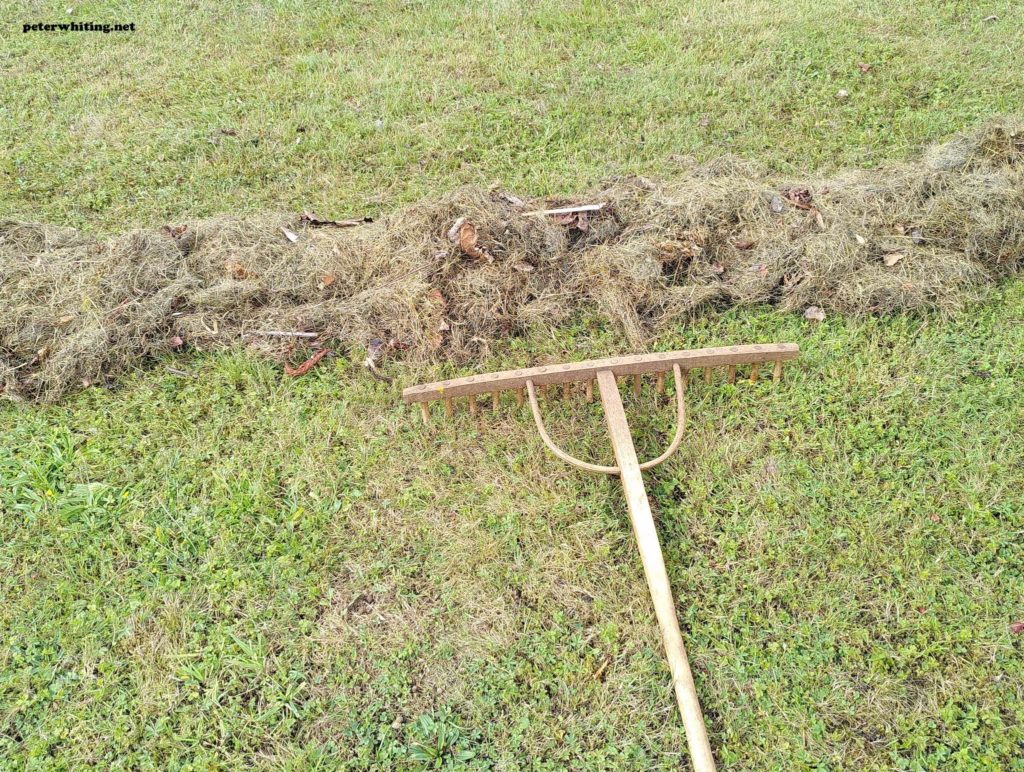
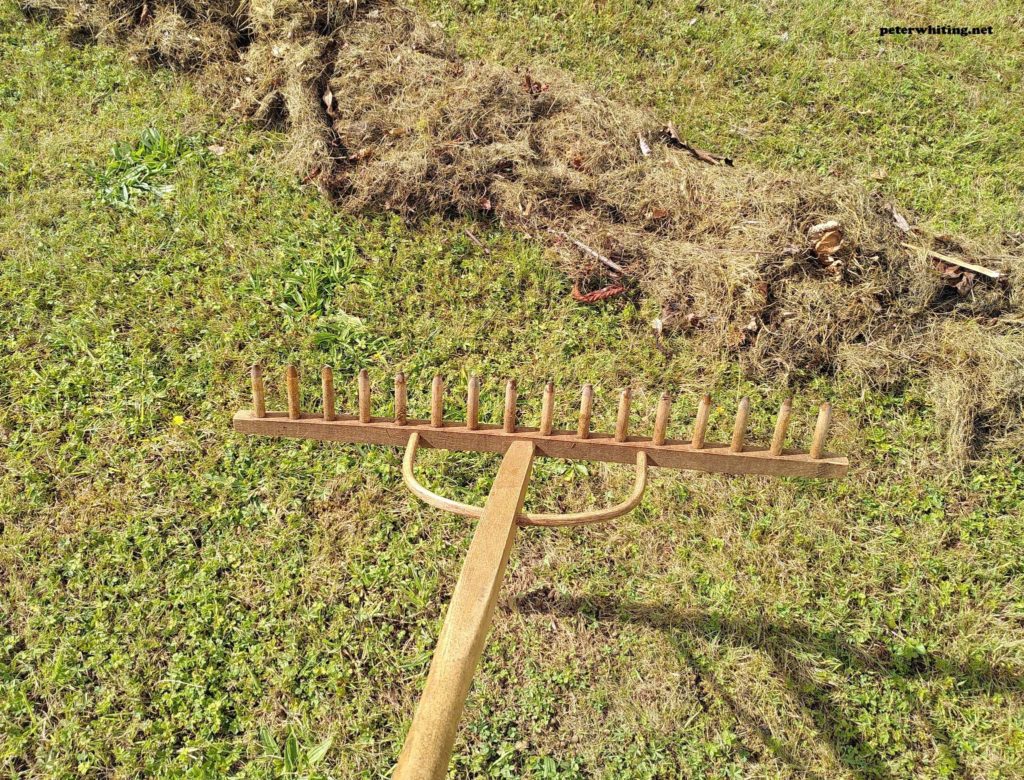
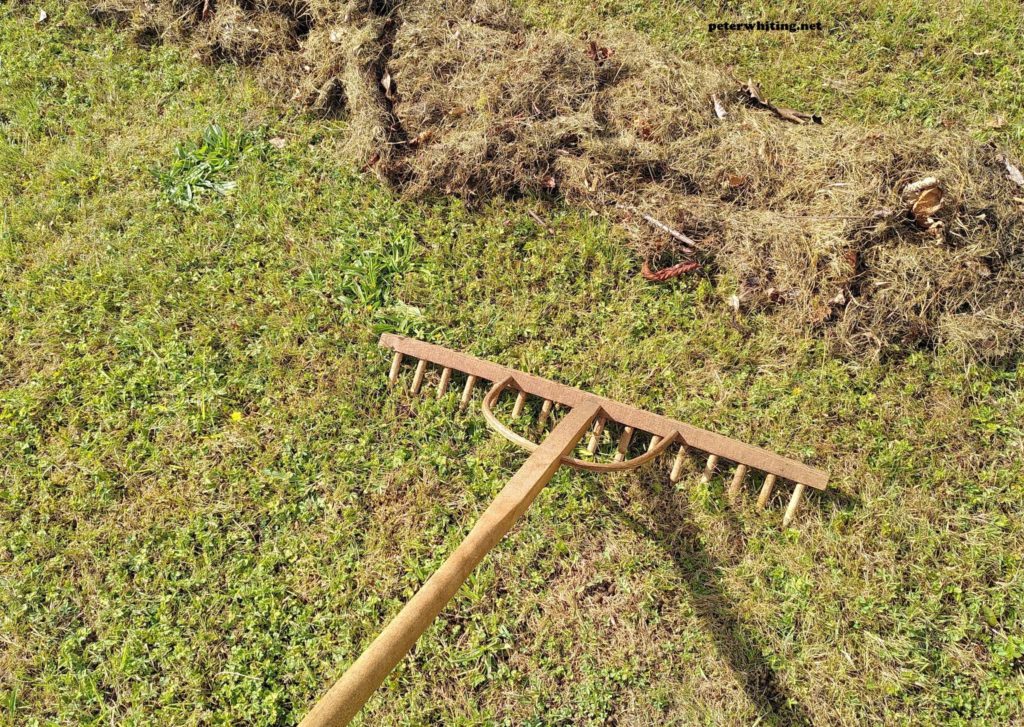
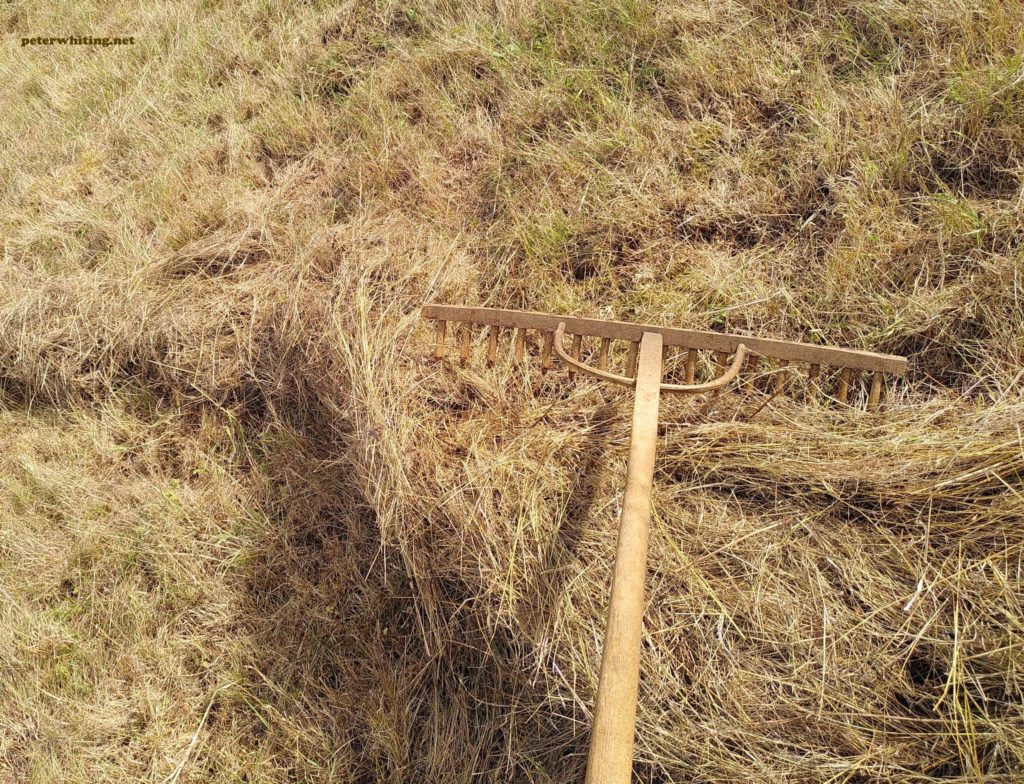
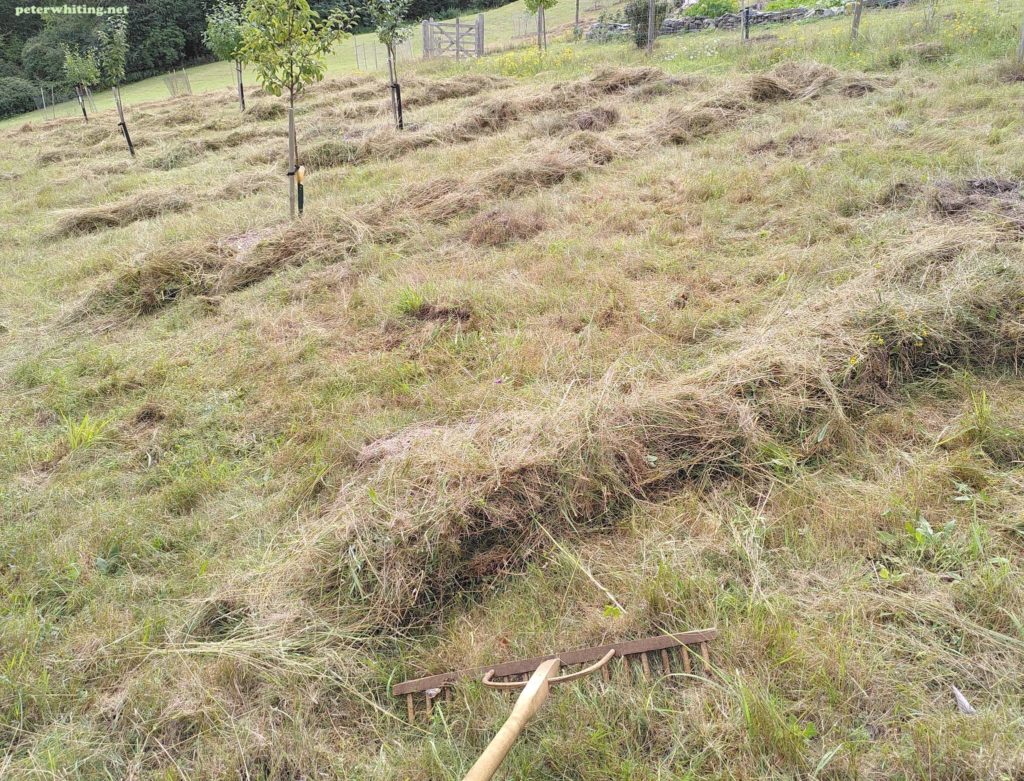
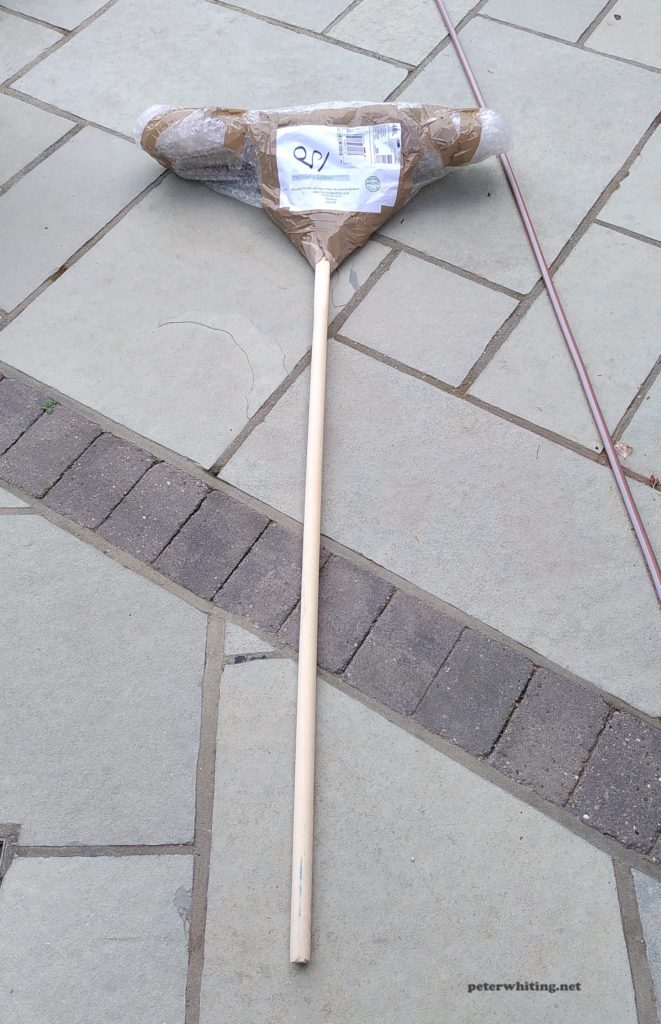
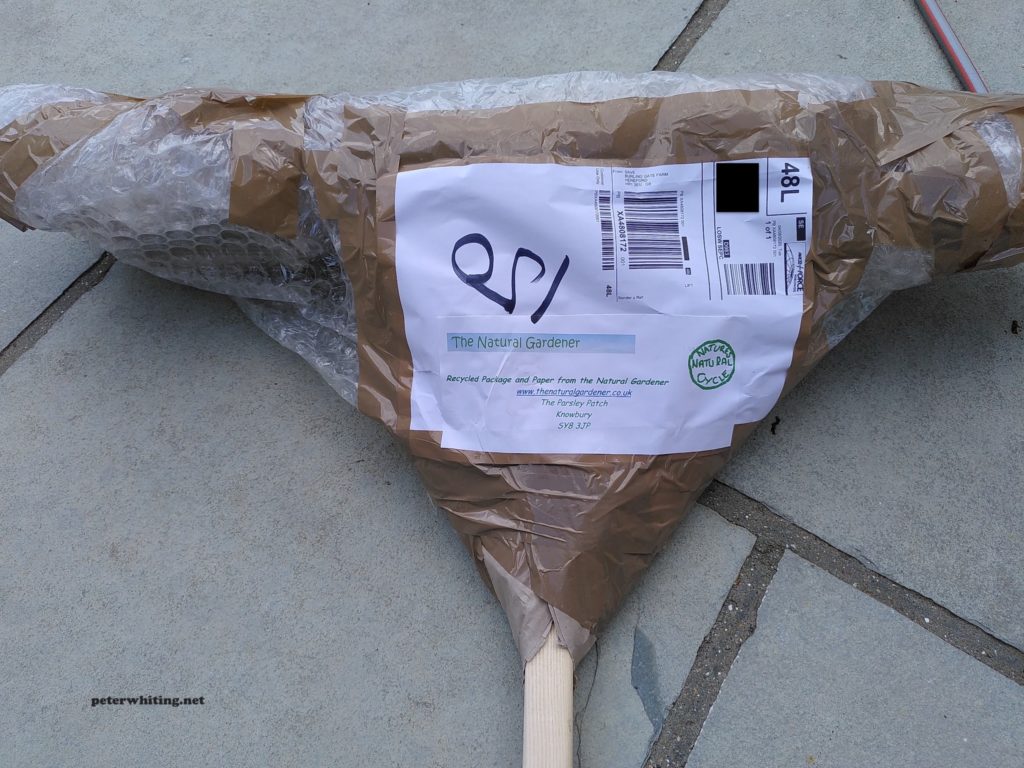
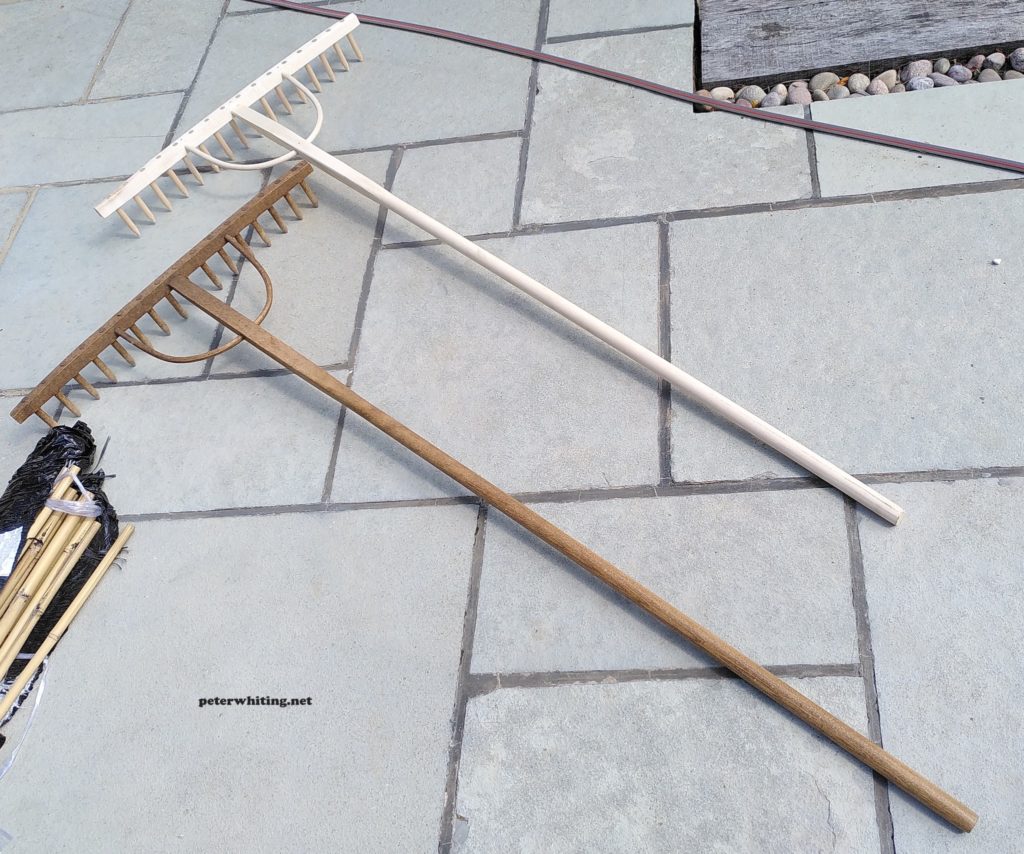
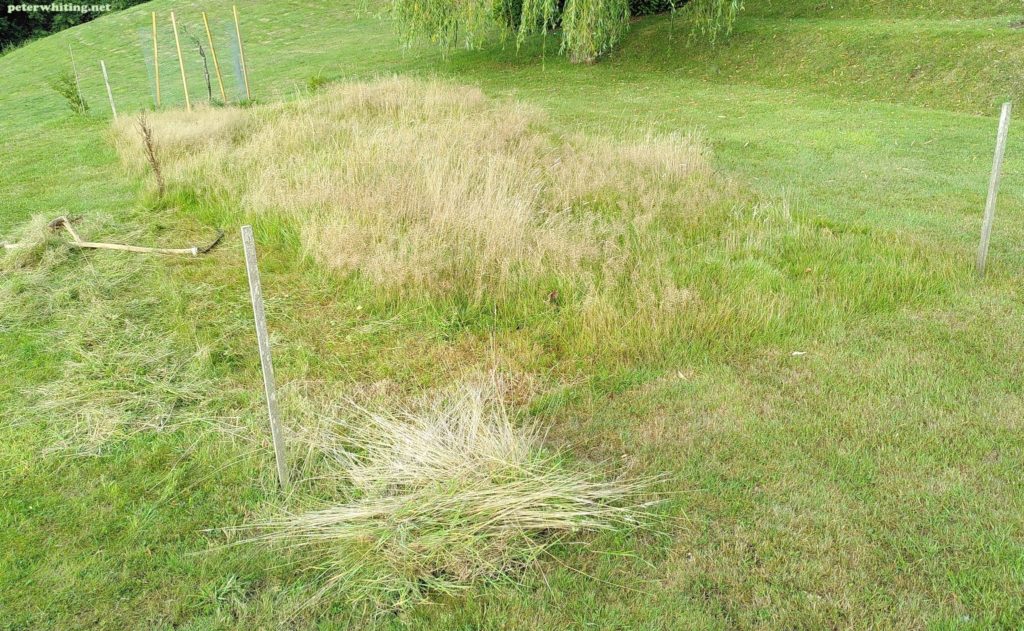
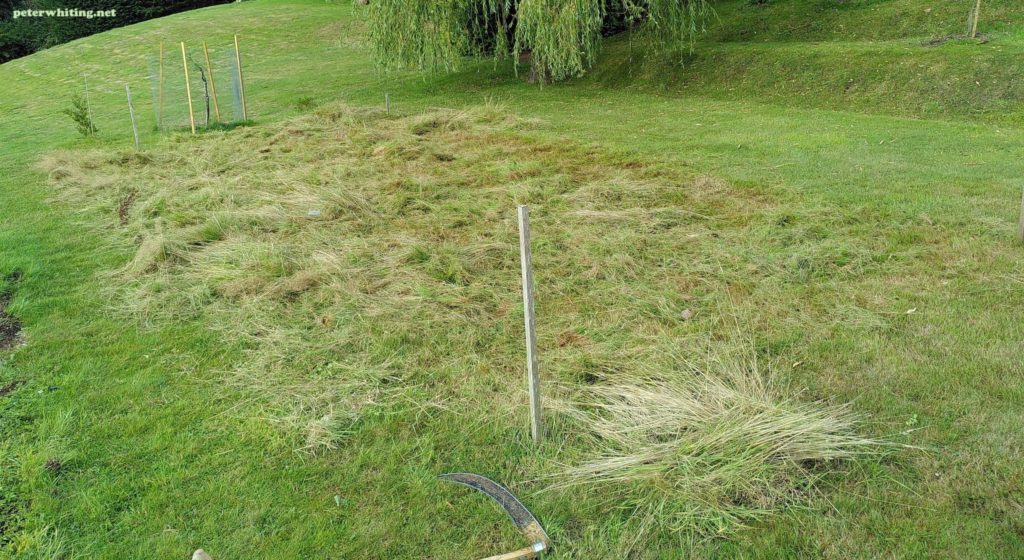
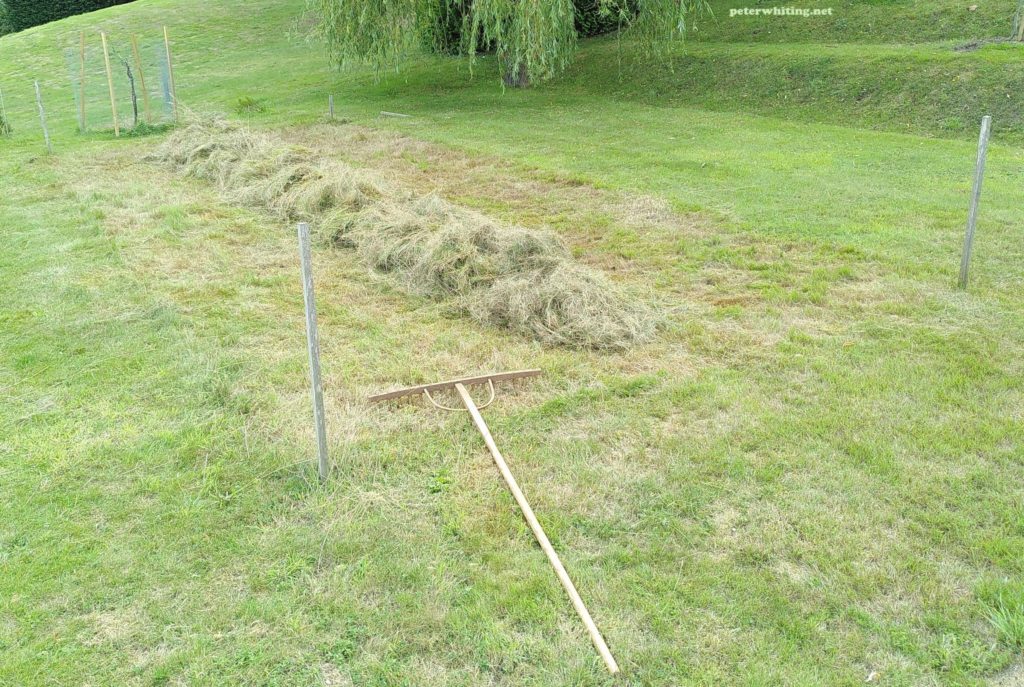
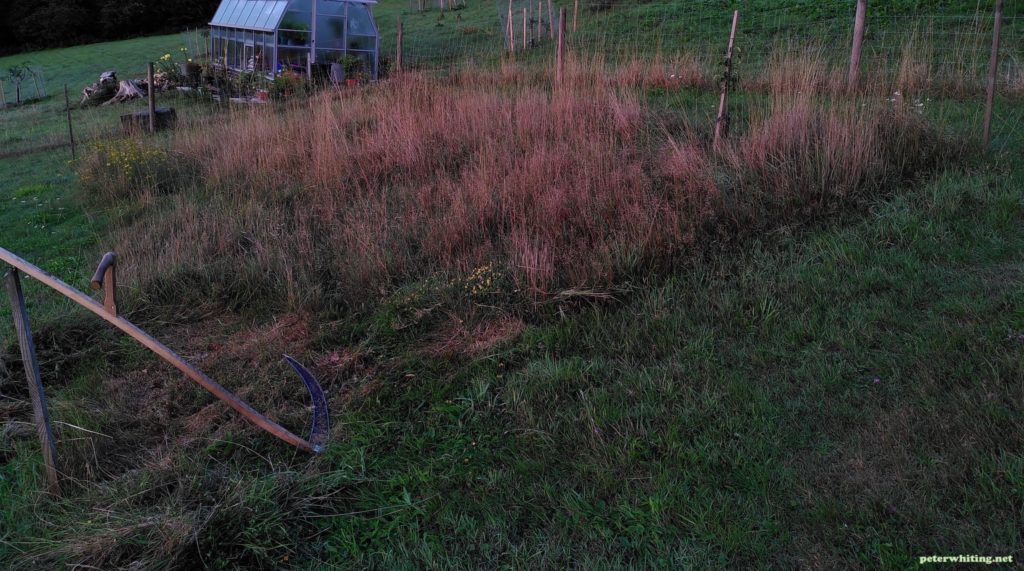
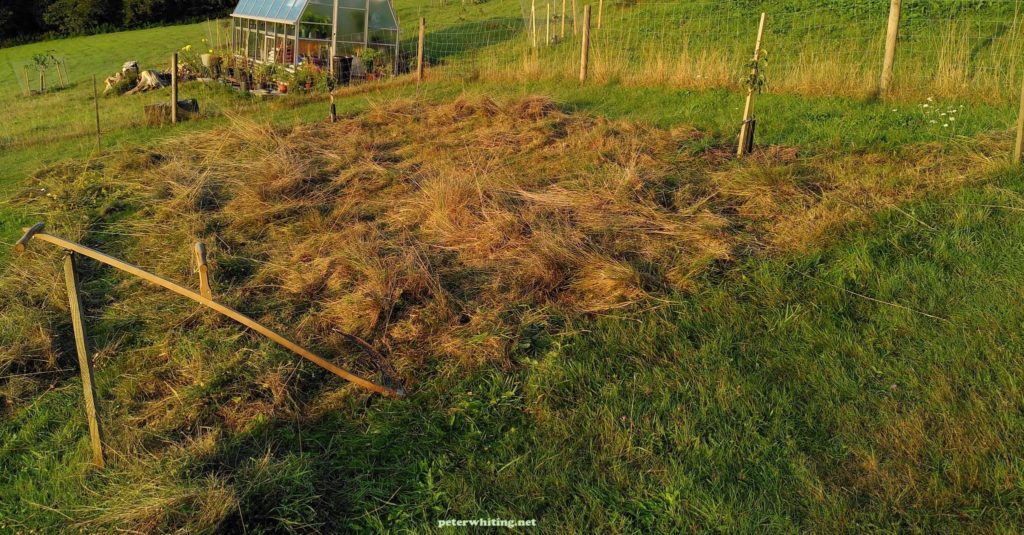
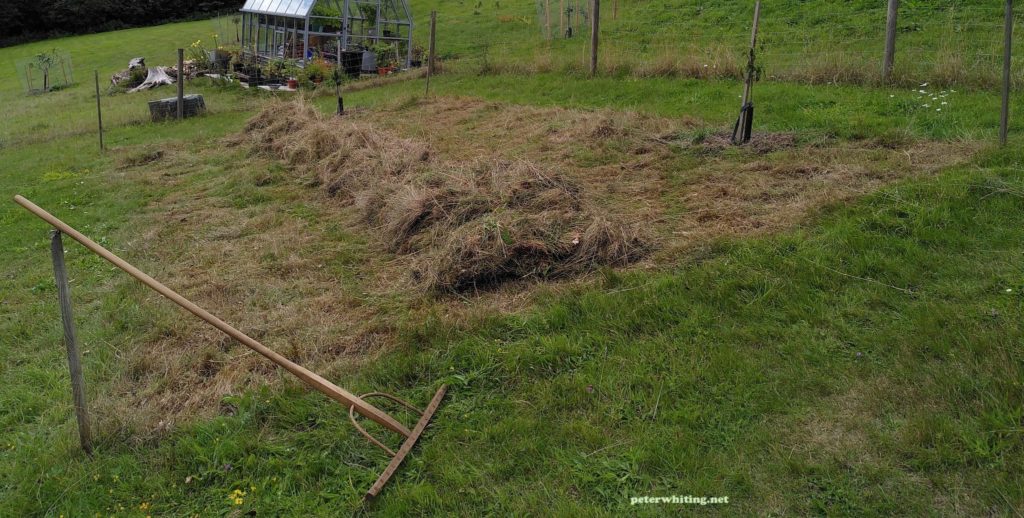
[…] I really wasn’t liking it (that’s an understatement). It was starting to interfere with my gardening work. The specialist was concerned about these long AFib sessions and told me to increase the […]